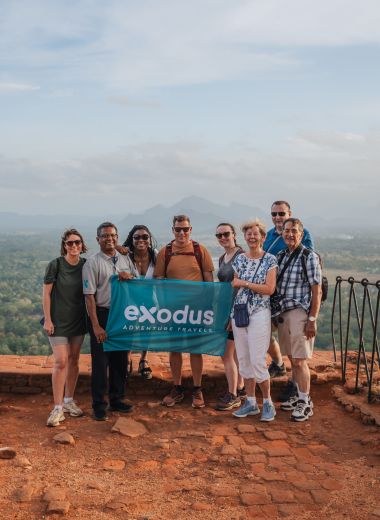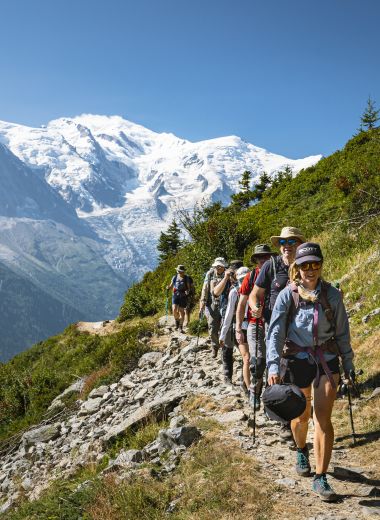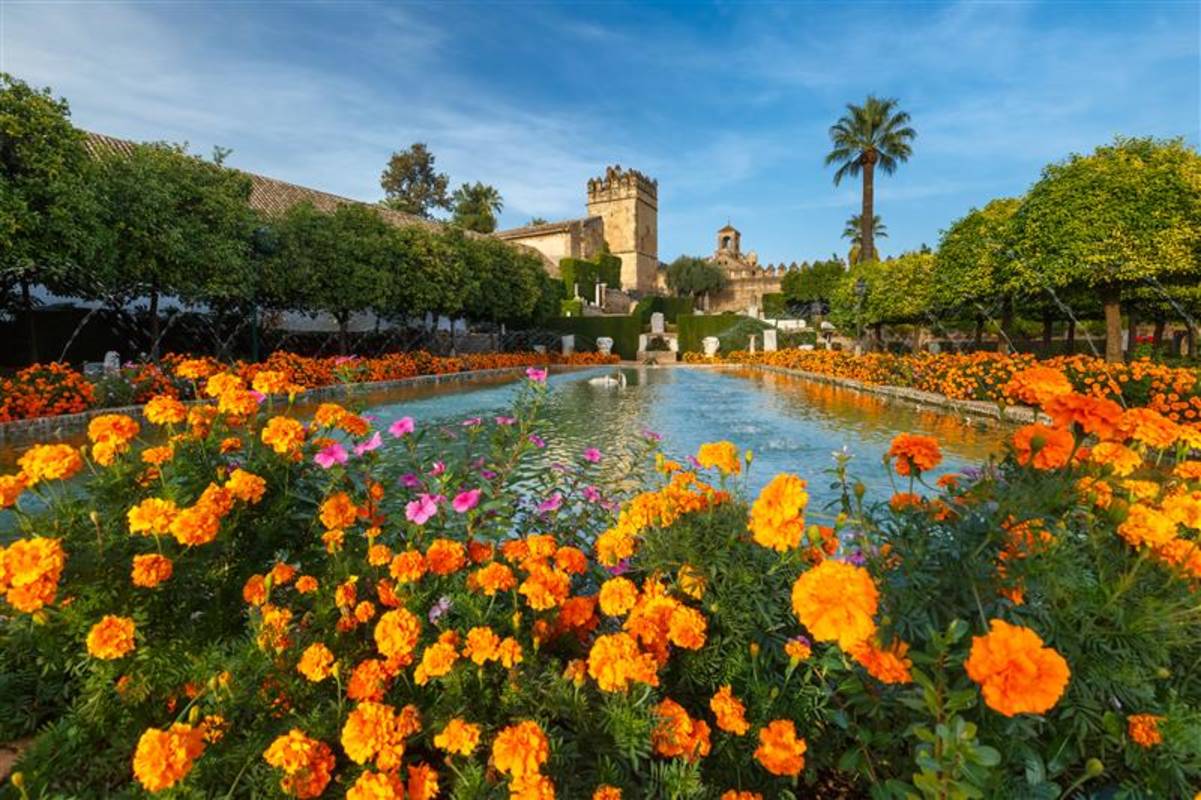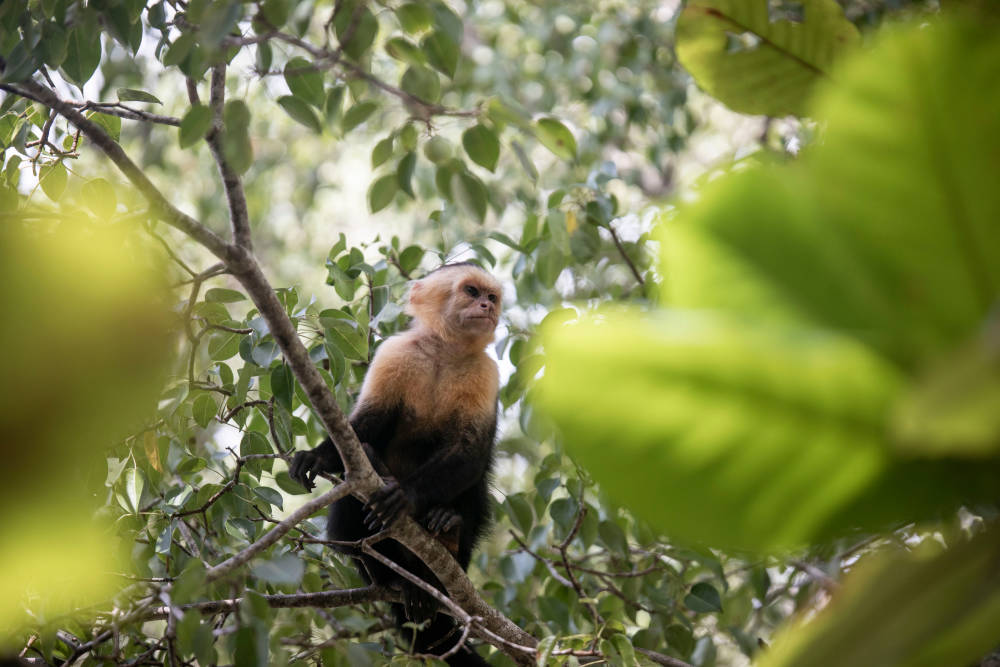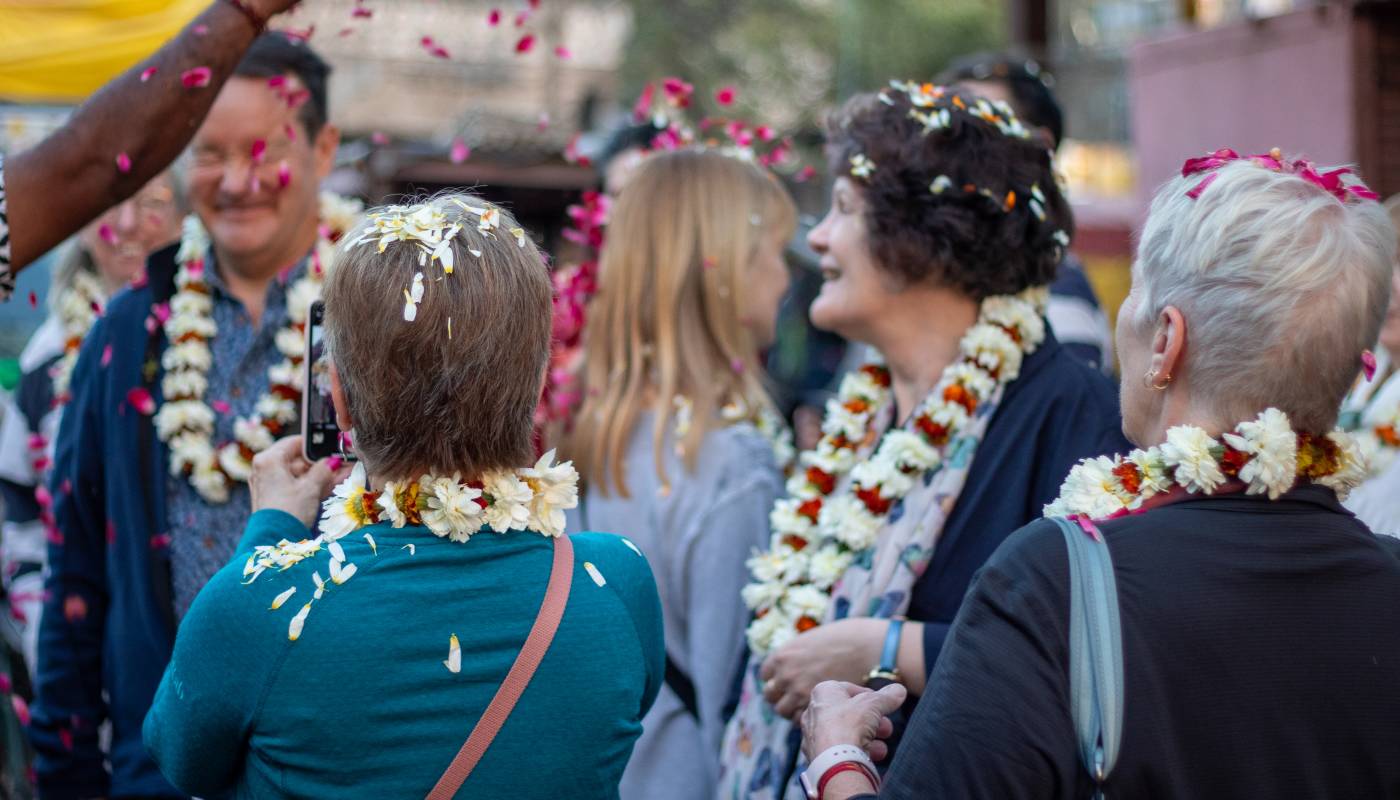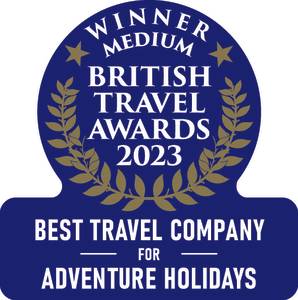From ancient ruins to alpine peaks, Albania swept me off my feet with its wild beauty, warm hearts, and unforgettable surprises at every turn.

with exodus
It’s More Extraordinary with Exodus
We believe that travel is more than just ticking off destinations from a list. It’s about immersing yourself in the heart of each place, going beyond the surface to truly discover a destination. With over 50 years of experience under our belts, our incredible adventures span all seven continents and allow you to delve deeper—exploring not just the iconic sights but also the hidden corners known only to the locals, where no other tours go.

Your words, not ours
Taking Adventure Holidays To New Heights
For those who want more than just a glimpse—who want to truly immerse themselves in a country and its culture—Exodus has the adventure holiday for you.
Yes, we’ll show you world wonders and unmissable sights like the Path of the Gods on the Amalfi Coast, Machu Picchu in Peru, Halong Bay in Vietnam, and Taj Mahal in India. But we’ll also introduce you to the local people, show you things others miss, and tell you stories others don’t know. It’s the adventure travel we love.
Back in 1974, we took our first group on a daring journey through Afghanistan. Over 50 years on, we’ve kept that same spirit for adventure, and now offer a wide range of small, guided group activity holidays that span all seven continents.
Each trip is guided by our expert local leaders, who know our destinations inside out and offer the type of insight you just wouldn’t get by yourself or in any guidebook. So, whether you’re walking, cycling, spotting wildlife, enjoying a winter escape, or joining one of our tours designed specifically for families, one thing’s for certain – it’s more extraordinary with Exodus.
If you’re looking for your next adventure, need a bit of inspiration, or have a specific question about your trip, it’s easier than ever to get in touch.
Award Winning Adventure
The Adventure Begins Here
Get regular inspiration straight to your inbox from Exodus’ experts.
